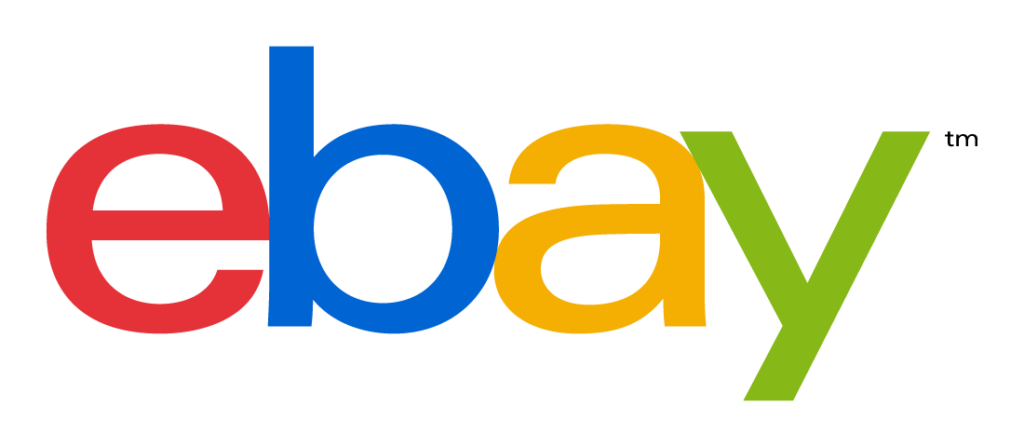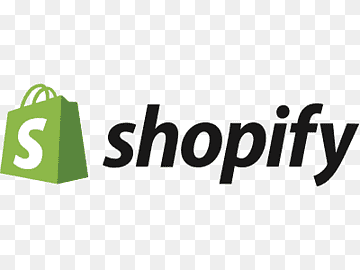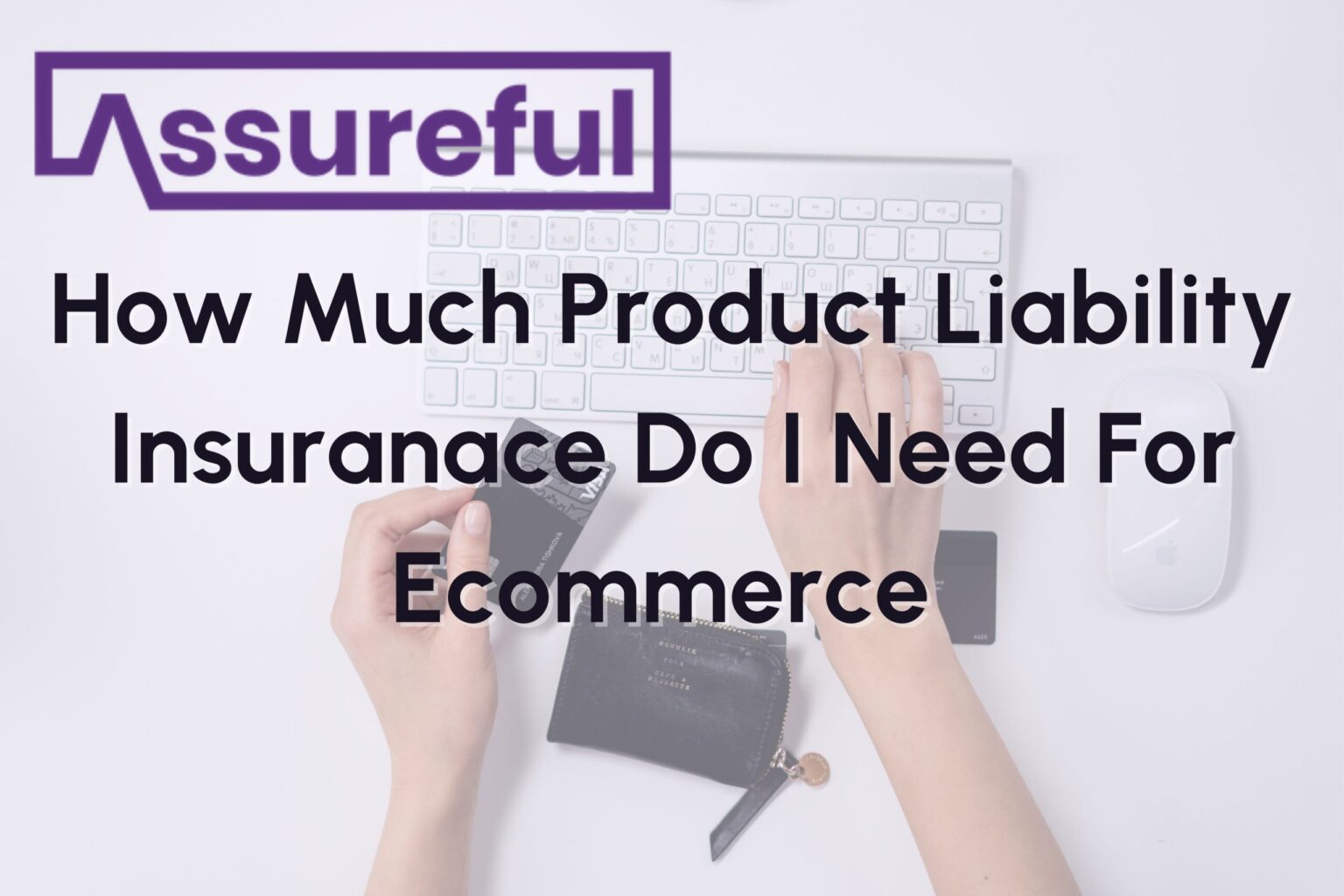Recent studies show that 75% of small businesses are underinsured, leading to unforeseen risks and potential financial disasters. With these staggering statistics, it’s crucial to understand how much product liability insurance your eCommerce business should carry.
Understanding Product Liability Insurance
What is Product Liability Insurance?
Just like all businesses, eCommerce sellers face risks when they sell their products. Imagine, for a moment, that a product you’ve meticulously designed causes unintentional harm to a customer or their property. The implications aren’t just about the direct harm: they span legal ramifications, unexpected and costly bills, and potential brand tarnishing. These headaches can arise unpredictably, even if a customer simply misuses your product.
But there are protections available to help you avoid these headaches: Product Liability Insurance. It offers a robust defense against the unforeseen, covering everything from property damages to legal fees.
Navigating the challenging and unpredictable world of eCommerce requires far more than just great products, it demands foresight and preparation. The better protected your business is when things are well, the less consequences you’ll have to deal with if something ever goes wrong.
Why You Need Product Liability Insurance
Product liability insurance isn’t just another checkbox on your business checklist – it’s an essential safety net. This insurance protects you from the potential financial fallout of unforeseen product issues, customer complaints about safety, and more. From manufacturing flaws to shipping mishaps, the blame can quickly shift to you as the owner of the business. Thankfully ensuring your business’s financial security against these unforeseen issues shouldn’t be complicated.
eCommerce Platform Liability Requirements
Now, how much product liability you get, depends largely on which eCommerce marketplace you are using to host your business and the perceived risk of the product. Let’s go through some of the top platforms and their requirements:
Note: The following requirements are correct in the US as of 14th August 2023
Amazon Liability Insurance Requirements

For every eCommerce enthusiast making waves on Amazon, hitting that enviable $10,000 mark in a month as a Pro Merchant or seller is more than just a milestone – it’s a testament to hard work and strategy. But, success on this scale comes with its own set of responsibilities.
Upon hitting that $10,000 threshold, you have a sharp 30 days to secure commercial liability insurance. As described in the Amazon Business Solutions Agreement your coverage should meet a minimum of $1 million per occurrence and also an aggregate limit of $1 million.
Walmart Liability Insurance Requirements

At its core, Walmart’s intention is straightforward: ensuring that every supplier has a safety net. This isn’t just a mandate – it’s Walmart’s way of ensuring you’re equipped against unforeseen challenges.
The kind of safety net you’ll need to sell on Walmart starts at a minimum of $1 million per Occurrence and $2 million aggregate.
eBay Liability Insurance Requirements

eBay does not mandate its sellers to carry any particular insurance. Yes, that’s right: no specific liability insurance requirements in sight. But, that doesn’t mean you should break easy just yet.
If you’re dealing in products with even a hint of potential harm (which is pretty much any physical product ever sold), we still highly recommend you protect your business by carrying the right eCommerce liability insurance.
Why? Because it’s your financial armor against potential lawsuits or claims linked to any property damage, injuries, or other harms caused by what you’re selling.
eBay does have your back in some respects with their Seller Protection Policy. This is their way of safeguarding sellers from hiccups they term as “outside your control.” Some of these ‘hiccups’ include:
- An item arrives late that you shipped on time
- A buyer retracts their bid or doesn’t pay
- A buyer changes their order or requests something extra
For an exhaustive list and in-depth details, be sure to read through their Seller Protection Policy.
While eBay provides a degree of cover, remember: your business’s security is ultimately in your hands. That’s why it’s so important to take out liability insurance regardless of your marketplace– just because the platform doesn’t require it doesn’t mean you won’t be held liable if something goes wrong.
Shopify Liability Insurance Requirements

Shopify, similar to eBay, does not require its sellers to take out any insurance. However, while Shopify doesn’t require you to protect yourself, the eCommerce giant doesn’t protect you either. It’s up to you to ensure that your business is equipped to deal with any problems that may arise. Just because your store is online doesn’t mean you’re invincible.
How much product liability insurance does Assureful recommend?
Product liability insurance is no one-size fits all, and the amount of coverage we recommend is dependent on the type of products you’re selling, their perceived risk level, and which platforms you’re selling them.
Get an instant free quote today for the most accurate and fairly priced insurance to fit your eCommerce needs.
This blog was contributed by our partners at Assureful.

